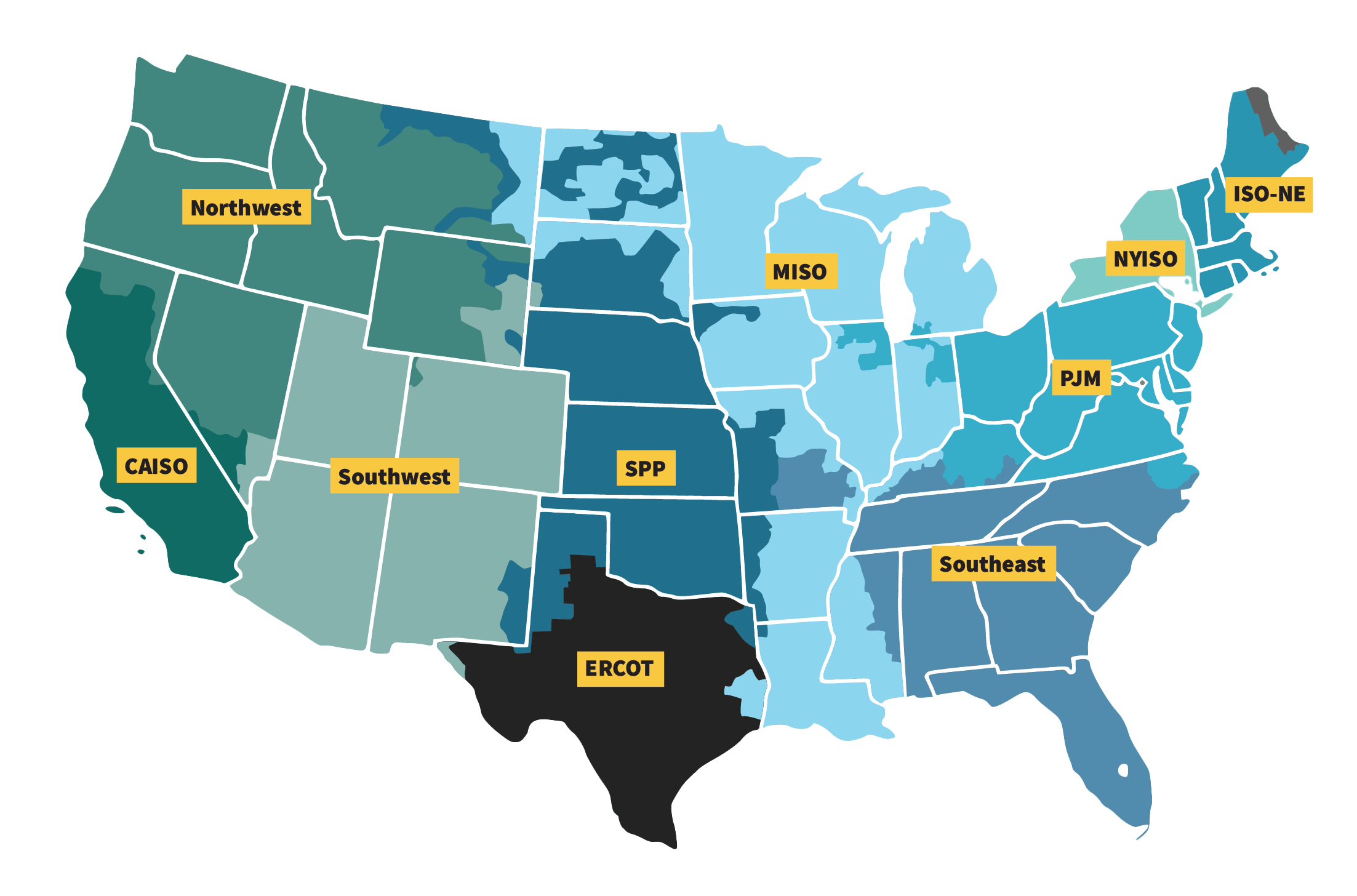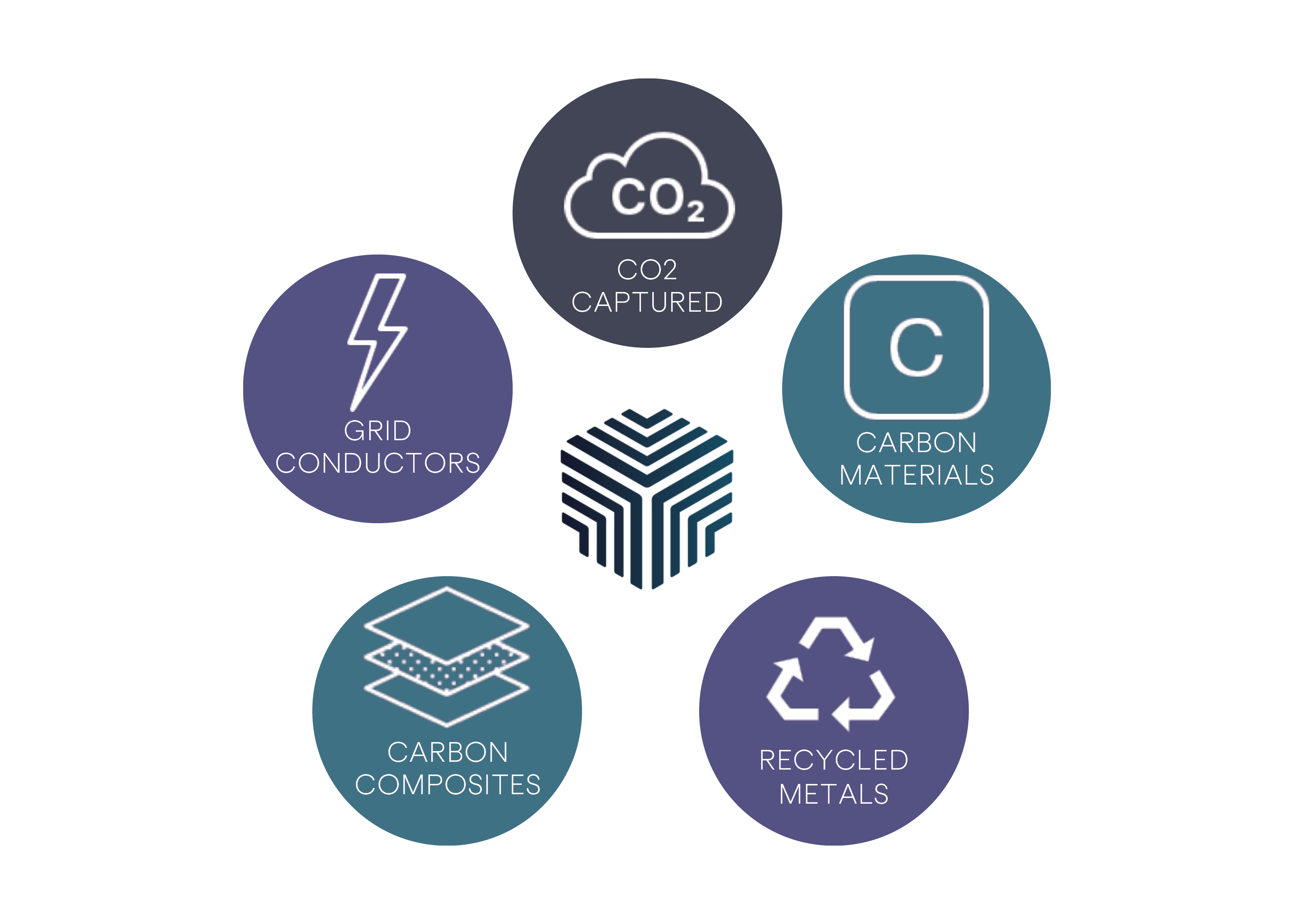Problem
The electrical grid of the United States,
stands fragmented and in a state of disrepair.

*RTO & ISO illustration complements of the Federal Energy Regulatory Commission
- Amidst the urgent need for clean energy driven by climate change, traditional copper and aluminum wires are becoming a thing of the past.
- Our vulnerability to solar storms and geomagnetic interference is a critical concern.
- A staggering 30% of all electrical energy generated is lost within the Transmission and Distribution system, dissipating as heat.
- Transmission lines that can transport more power safely with new and existing infrastructure is the solution, yet most circuits are 50 miles or less, which is costly and inefficient.









